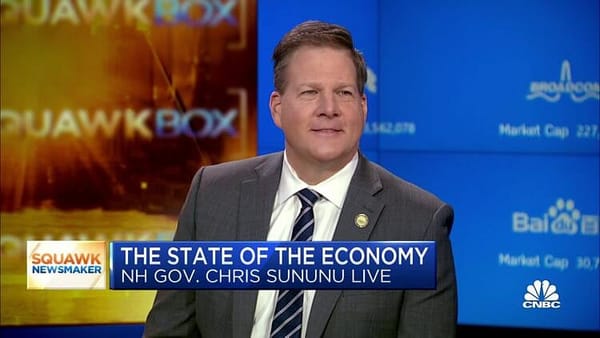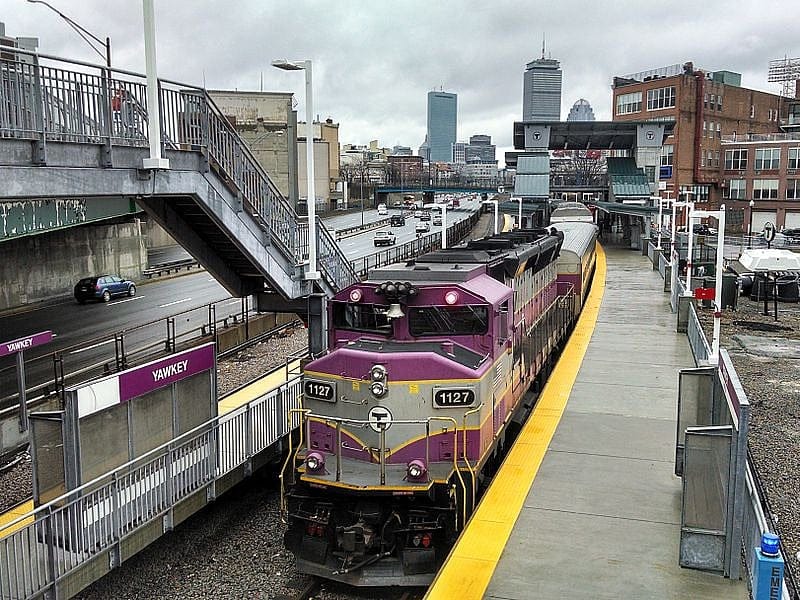
Around New England
Read More
Chris Sununu Will Endorse GOP POTUS Candidate Before New Hampshire Primary
Tom JoyceNew Hampshire Governor Chris Sununu won't be the next president, but he wants to offer help to a GOP candidate in the 2024 Republican primary.
Sununu, who no longer supports former president Donald Trump, said recently he plans to endorse one of his primary challengers before the New Hampshire primary.

